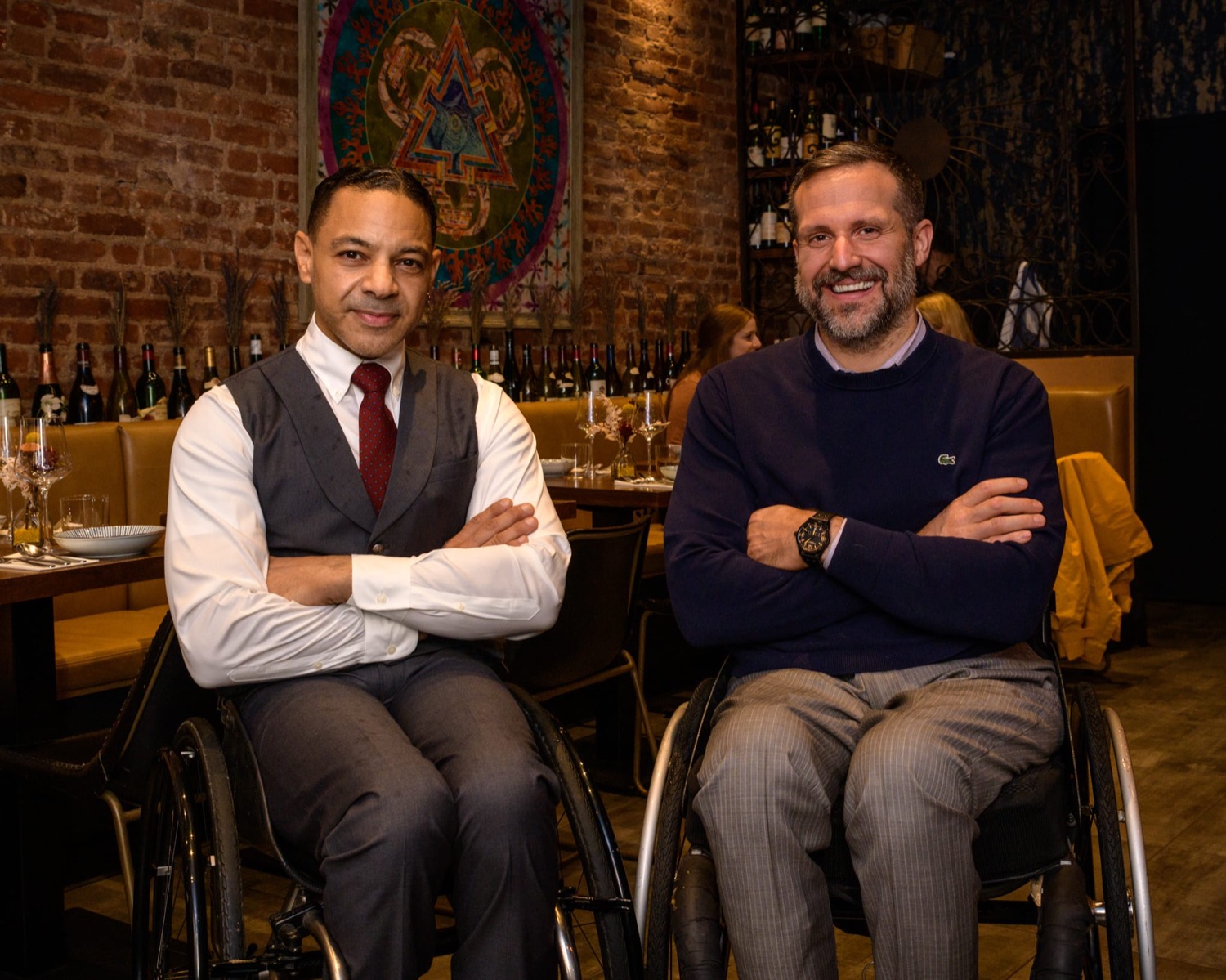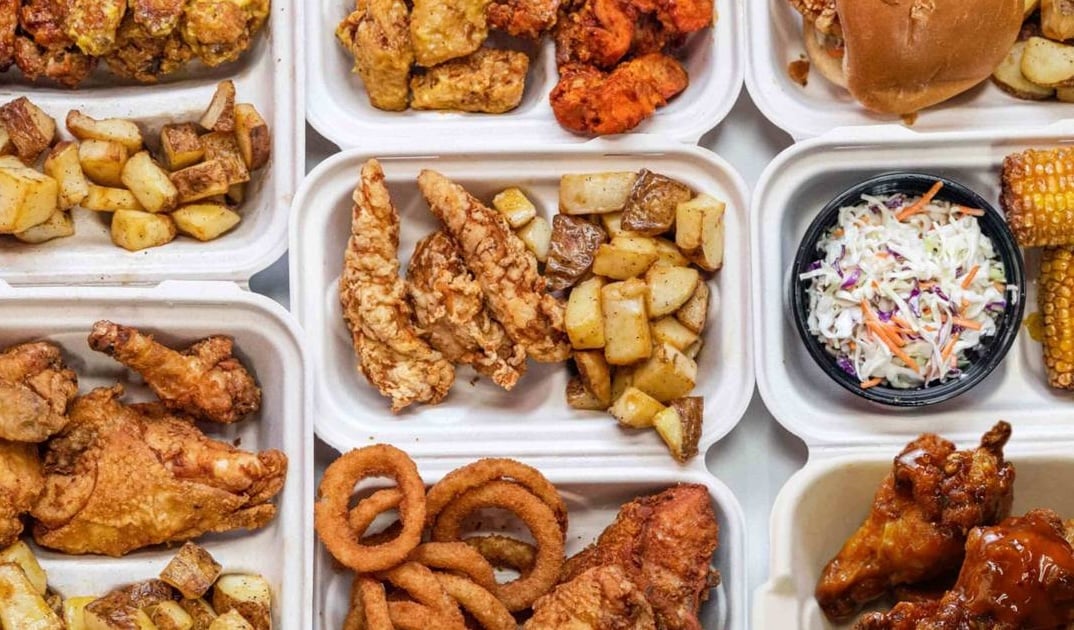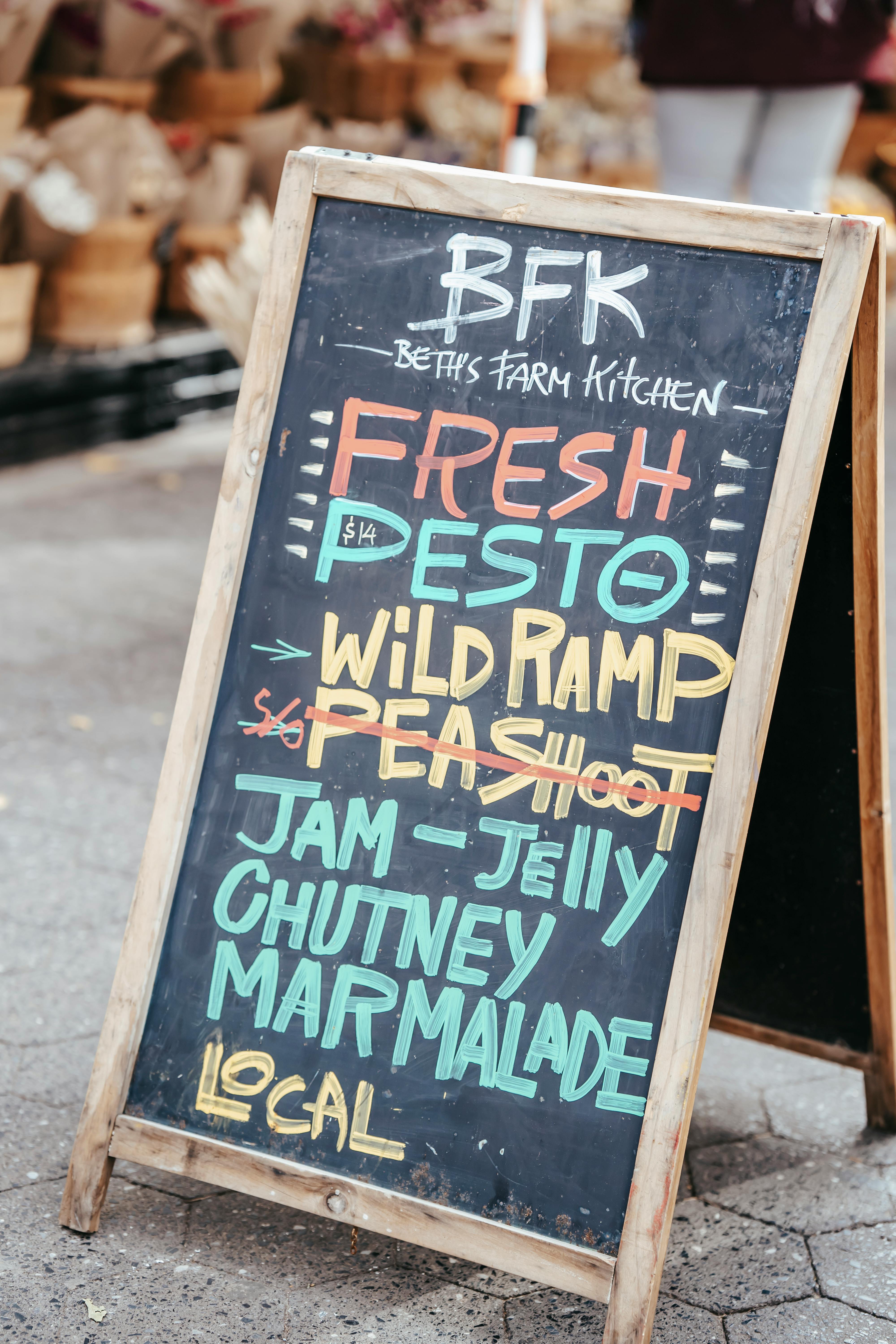Walk into East Harlem’s Contento on any given night, and it’s not uncommon to find guests sitting side by side with their guide dogs, rolling up to a bar that’s been lowered to perfect wheelchair height, or scanning a braille version of the restaurant’s Peruvian-inspired menu. It’s exactly the inclusive vision founders Yannick Benjamin and George Gallego set out to create. And now they’re offering advice to other restaurateurs on how to build that into other restaurant environments.
“There was never any question about it – the number one priority was always to make a restaurant that was accessible for people like ourselves to work in comfortably and to make sure that people who come to the space feel comfortable and respected,” says Benjamin, formerly the head sommelier at New York City's University Club and a veteran of some of the country’s top restaurants, like Le Cirque and Jean-Georges.
Both Benjamin and Gallego are paraplegic and use wheelchairs full-time. From the very outset of Contento, the two worked to create a restaurant rooted in the core principle of hospitality, to be intentionally welcoming and inviting to all – no matter your background or physical abilities. That mission is now visible in every aspect of Contento, from the restaurant’s entrance to the bathroom to how the staff are hired and trained.
“The first thing was just getting rid of the 10-inch step leading into the space,” says Gallego, who notes that the floor was completely redone to ensure anyone could easily roll or walk through the front doors.
The restaurant also features a widened entrance to meet the needs of those with all types of wheelchairs. The bathroom is contact-free to accommodate individuals with hand dexterities. And the dining room intentionally leaves room for people to easily maneuver between tables and chairs, as opposed to the traditional, sardine-packed arrangement of seats.
“All of this started primarily because of our experiences,” says Gallego. “Yannick and I have gone to different spaces and have experienced different levels of discrimination, not just because the physical space isn't totally accessible but because of the way staff communicate with us.”
After a year into service, and a growing list of awards already under Contento’s belt, the main goal, says Gallego, is to showcase what a more inclusive space looks like and how it can be achieved. We sat down with both Gallego and Yannick to learn more about that goal and what they hope others can learn from the space.
I’d love to hear about how you two initially came together to form Contento.
Y.B.: Both George and myself have the same spinal cord injury. I was in a car accident in 2003, and I went through the ICU and surgeries and the whole process. They had this program at Mt. Sinai Hospital, and George was assigned to me as a mentor.
Some time passed, and obviously being newly injured, I was figuring things out in my life. I came to a time where I wanted to do marathons, and someone said I should reach out to George because he was an accomplished para-athlete. So I reached back out. And from that day on, we remained very good friends.
Whenever I saw him, George would say on repeat, “Why don’t you work for yourself and stop working for others.” I said, “George this restaurant business is so tough, you have no idea what it’s like.” In any case, I started to look for a spot, but everything was so expensive, and this is just a crazy and financially unforgiving industry in so many ways. Not only that, but I had to find a space that was adequate for myself to work in logistically.
Just as that was happening, George calls and says, “I have something you might want to check out.” I go look at [the space], and he says, “We should do something here.” That’s sort of the beginning.
George, we know Yannick’s far from new to the industry. But for you, Contento’s the first restaurant you’ve been a part of. Can you tell me a little more about your background and what drew you to opening a restaurant?
G.G.: It’s certainly my first time dabbling in this industry. I never even worked in a restaurant before. I consider myself a social entrepreneur. It’s a title I took on after my injury, when I started realizing there were many gaps that existed within the socioeconomic arena within the disability community. I wanted to be able to find different ways to fill these gaps.
I started as a mentor, and as Yannick mentioned, that’s how we first connected. As a mentor, I realized that there were tons of young people with disabilities that couldn't go back home because their homes weren’t accessible. Upon discharge from the hospital, these young folks were being sent to institutions. That was a major issue and something needed to change. That's when I created Wheels of Progress, which focused on transitioning folks from institutions back into the community, into their own apartment. We launched in 2009. From there, we continued to build. We built a community center for people with disabilities, so that folks can meet one another and grow from the sharing of one another's experiences.
When someone asked me whether I had experience in the hospitality world, I always used to say, “No”. Then Yannick said to me, “You know what you're doing within a disability community is very similar to what we do in the hospitality world. You're making sure that you take care of the people that come within your space.”
So what made me want to get involved in this? When we first started this project, we didn’t know what we were going to do. But I knew if it had to do with hospitality, it was going to deal with Yannick. He’s super modest, but the reason I always encouraged Yannick to create his own thing is because I noticed his passion and his love. He’s also from generations of restaurateurs. And I also noticed that he had a huge following in the hospitality world. My thoughts were always, if Yannick created something, people would follow.
Can you share the importance for your team of prioritizing accessibility from the start?
Y.B.: There's no doubt that there are a lot of restaurants that are compliant to what we call the ADA, the American Disabilities Act. But very rarely do you have a place that incorporates a culture of inclusivity for people with disabilities.
We know plenty of people that come really far out of their way to come to our restaurant, only because there's a culture, this aspect where the staff is trained, and where they know they're just going to be treated with the utmost respect.
G.G.: I’ve been with friends to places, and instead of asking me what I’d like to drink, they ask the person without the disability. When we talk about culture, this is what we’re talking about. We want to make sure the individual is acknowledged and treated with respect.
What are some of the specific ways you’re training your staff on inclusivity?
G.G.: Yannick will invite folks from different segments of the disability community. They’ll have a conversation with our staff about some of the experiences they’ve had elsewhere and how to correct those situations in order to ensure the guest is understood and as comfortable as possible within that space. It’s really about widening horizons and introducing our staff to the disability world. And that’s an ongoing conversation.
Y.B.: We’ve had Peter Cook, who's a professor in Chicago [in the department of ASL-English interpretation], and he taught the staff simple sign language exercises to better communicate with people in the deaf and hard-of-hearing community. We've had Peter Slatin, who's one of the most respected advocates in our disability community. He taught primarily on how to better socialize and interact with people of the blind and low-vision community. We organized an online Zoom symposium as a way to motivate and just remind people of being kind to each other. We had people from the LGBTQ community, people of color, people from all different types of backgrounds, you name it. Obviously, our focus is people with disabilities because it's very personal, but it’s not limited to just that.
You’ve also taken inclusivity into account with your hiring process. Can you tell me more about that?
Y.B.: Not only are there myself and George, but two of our investors also have disabilities. We’ve had people who’ve worked [at Contento] that have autism and people who are full-time wheelchair users. We have someone now that started to feel more comfortable to speak about their ADHD, which I think is absolutely wonderful. And we just have a mosaic of different people working.
Our objective is to hire good human beings. If you use a wheelchair just like me, and you're smart, and you've got an incredible resume, but your attitude and philosophy is not aligned to what we believe in, you're not going to get hired.
What are your ultimate goals for Contento moving forward, and what do you hope this restaurant achieves?
G.G.: Initially, this project wasn’t supposed to be about advocacy. Everything else in my life was about that. But this quickly evolved into that once we realized how challenging the arena was. We had other restaurateurs reaching out to us about their desire to create a space that was more inclusive, with a culture that’s more inviting to everyone. And next thing you know, we’re being invited to have conversations before various different groups, and then the movement kind of began. Moving forward, I’d love for the hospitality world, and really every other segment of our community, to be all-inclusive and inviting to all. That’s the main goal – to show people what can be done, how it can be done, and to help other entities adapt and evolve.
Do you have any advice for operators who want to make some accessibility focused tweaks to their existing environment?
G.G.: Initiate conversations with people within these communities that you’re trying to engage so you can learn about their needs and desires. That’s really the only way you can start changing the way you’ve thought about spaces you’ve owned and worked in. Even for Yannick and I, we’re learning everyday.
How does it feel to know that you’ve created such a welcoming space in an industry where that’s not often felt by people with disabilities?
G.G.: We had a guest who dined with us, and she wasn’t able to use her arms. She used her feet to control her power chair. She mentioned to both Yannick and I, this was the first time she felt comfortable enough in a public space to be able to eat in the same way she eats at home, and that was the biggest compliment.
Y.B.: It’s a feeling of satisfaction, but we’re just one grain within a million. The institution still has a long way to go. Of course it’s great to hear people tell us they feel comfortable, but at the same time, we know we still have a lot of work ahead of us, and we certainly hope and encourage other operators to work towards the same. We don't want to be the first and we certainly don’t want to be the last.
Do you welcome operators to get in touch for advice?
G.G.: Absolutely. We've had countless folks already reach out to us, and we have no problems sharing our knowledge base with anyone that has a desire to create a more inviting space.
Grace Dickinson is a reporter at Back of House. Send tips or inquiries to grace@backofhouse.io.
[Photo courtesy Mikhail Lipyanskiy]




